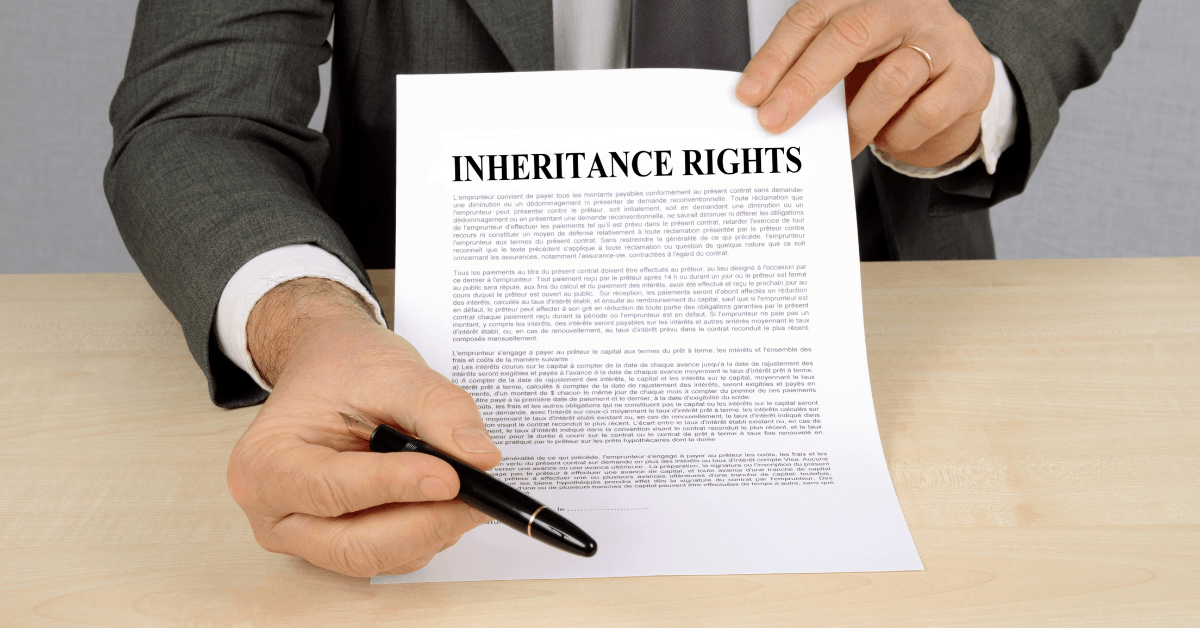Lease disputes – When can I change the locks?
Lease disputes – When can I change the locks?
Being a landlord has many advantages, but it also comes with a high degree of stress and responsibility. Dealing with tenants, and especially tenants in default can be a difficult and time-consuming task. And it’s made worse by laws which, on the face of it, often seem to be on the side of tenants at the expense of landlords.
Such laws were put in place to protect tenants from rogue landlords, but if the other party decides to make life difficult the process of removing them from the property can be challenging. It’s not as simple as changing the locks. Proper legal advice and processes have to be followed to prevent legal issues and retaliatory court action from certain circumstances by the tenant.
So in this blog, we are going to cover the proper legal advice and process for dealing with lease disputes. We’ll discuss how to manage lease disputes, the early termination of leases, and how and when to issue a Notice to Remedy Breach. This should help keep landlords on the right side of the law when dealing with tenants in default.
What does the law say about lease disputes?
In the state of Queensland, before a landlord can terminate the lease and retake premises they must first serve the tenant with an appropriate form, "Notice to Remedy Breach" (Form 11 of Queensland government).
This obligation is set out in the Property Law Act 1974 (Qld) which stipulates that the notice must provide details of why the leases are in default and what steps the tenant must take to remedy the situation.
Furthermore, the tenant must be afforded a “reasonable amount of time” after being served the notice to bring the premises lease back into good standing.
If a landlord attempts to gain access to the property without following these steps they are in default of the Property Law Act 1974. In such a scenario the tenant could then apply to the court for compensation.
The type of compensation tenants can claim includes:
1. Reclaiming court costs
2. The return of any other expenses incurred
3. Damages and compensation for breach of contract
The tenant can also apply for an injunction to restrain any such breach of contract in the future. Which will make it even more difficult to gain legal access to the property.
What is considered a “reasonable amount of time” within which to respond to a statutory notice?
The law is deliberately ambiguous in this area because each case should be considered on its own merits. But for guidance, we can look at how the courts have ruled on previous cases to get an idea of what is considered a “reasonable amount of time”.
Primary RE Limited v Great Southern Property Holdings Limited.
The case between Primary RE Limited v Great Southern Property Holdings Limited. [2011] VSC 242. This complicated case involved a managed investment scheme that included forestry assets in various states across Australia and Tasmania. The tenant commercial leasing land for forestry management activities before subleasing it to several growers.
During the financial crisis of 2008, several of the tenants' growers went into liquidation which left the tenant unable to fulfil its obligations under the lease. The landlord Great Southern Property Holdings Limited was then forced to serve a breach notice to the tenant across several states.
The breach notice stipulated that the tenant had failed to resolve disputes and manage the plantation crop by following sound silvicultural and environmental practices; fertilise and harvest the plantation crop; spray herbicide and insecticide where appropriate; conduct weed control and remediate land erosion.
The breach notices were then followed approximately one month later by termination notices.
The tenant challenged the validity of the termination notices claiming that they failed to allow a “reasonable amount of time” for them to remedy the issues raised in the breach notice. They claimed that to remedy the issues raised and bring the plantations back into good standing would take more than a year.
How did the court rule?
The court ruled that one month was more than enough time for the tenant to respond to the breach notice. The purpose of the breach notice is to give time for the small business tenant to consider its position and provide a meaningful response. It did not require the tenant to rectify the issues raised.
The court deemed that a sufficient response to the breach notice would have been:
For the tenant to recommence management of the plantations in compliance with the lease terms.
Offer a proposal to pay compensation for any damage caused to the plantation.
Communicate a genuine intention to complete the above proposals.
The court also noted that the time required to remediate the breach is not the critical point. The following guidance was put forward as to what factors should be considered to determine reasonable time:
The purpose for which the notice is given
The nature of the breach
What is required to be done to avoid forfeiture?
To clear up any further confusion, the court also said that the breach notice should not leave the tenant speculating about what action it should take and (by when) to prevent the lease from being terminated.
Lessons for landlords about leases and dispute resolution
What is considered a reasonable amount of time to respond to a breach notice, and what is considered a reasonable response, will depend on the circumstances of each case?
In the above case, the court ruled that one month was more than enough time for the tenants to respond to issues brought up in the notice. The time needed to rectify the issues raised was not relevant in this case. Instead, the commercial tenants should have communicated what they intended to do to bring the lease back into good standing.
So when issuing breach notches landlords should be clear about:
- Why the breach notice is being issued.
- The precise nature of the issues involved.
- What the tenant must do to avoid forfeiture
- What is considered an adequate response to the issues raised in the breach notice and when it is reasonable to expect it.
Seek legal advice
Failure to provide any of the above may result in your breach or subsequent termination notice being challenged in court. While the challenge of legal rights may not prove to be successful, the other party defending such a case could prove to be expensive. If you would like more information about managing leasing dispute resolution, seek legal advice talk with our commercial lawyers today.







